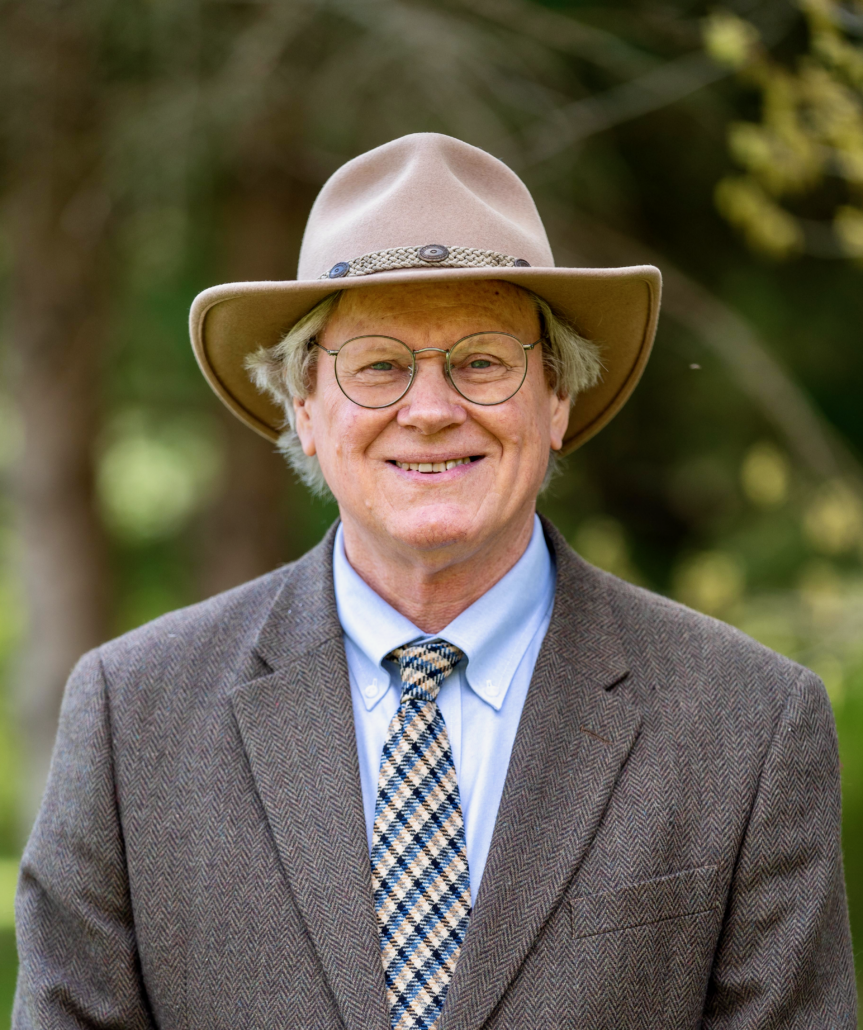Death and Funeral Announcement
Rev. James Harrison Hindes
On April, 25th, 2024 at 1:30 pm MDT, Rev. Jim Hindes crossed the threshold peacefully at his home in Denver, Colorado.Born June 23rd 1947 in Sand Diego, California, Rev. Jim Hindes was ordained into The Christian Community priesthood on February 22nd 1975 by one of the founding fathers, Rudolf Frieling. He has served congregations in England and Germany, as well as in New York City, western Massachusetts, Los Angeles, and, most recently the Denver congregation as its resident pastor for 20 years.
A vigil will be held at the Christian Community in Denver beginning, April 26. The Christian Community Funeral will be held for the Rev. Jim Hindes on Tuesday, April 30 at 11:00 am at
Horan & McConaty Funeral Services
1091 S. Colorado Blvd, Denver, CO 80246
(303) 757-1238The Act of Consecration for Rev. Jim Hindes will be celebrated on Saturday, May 4 at 10 am at the church in Denver.

